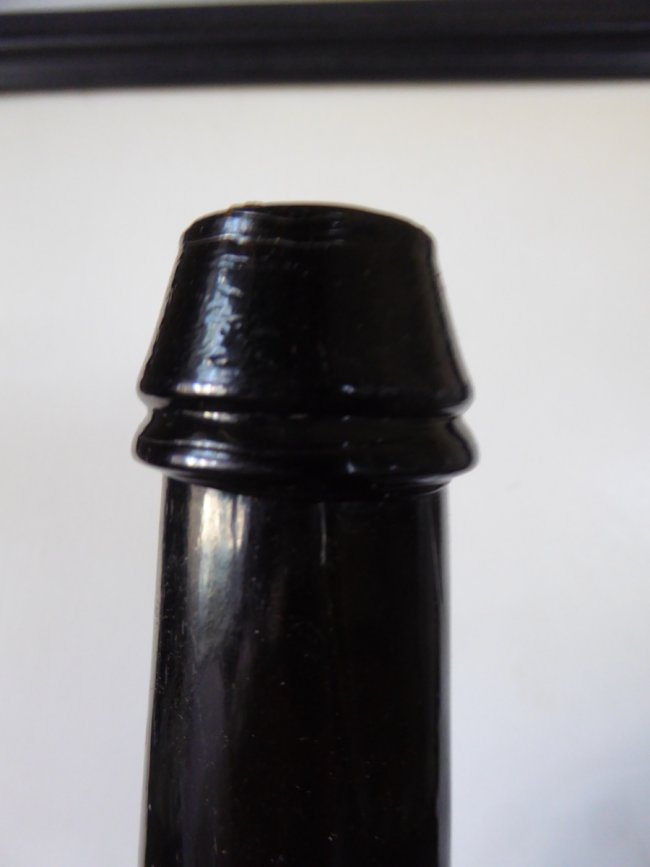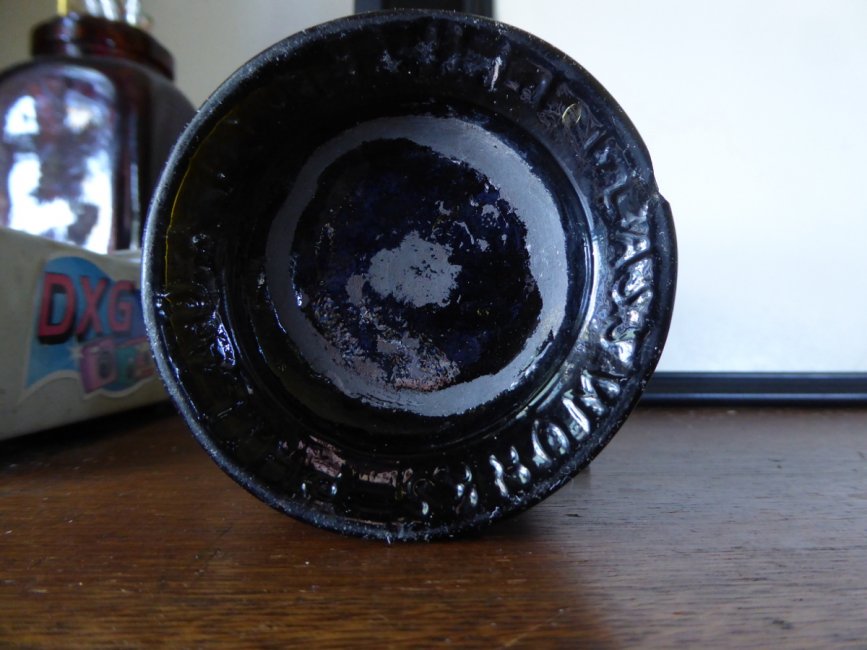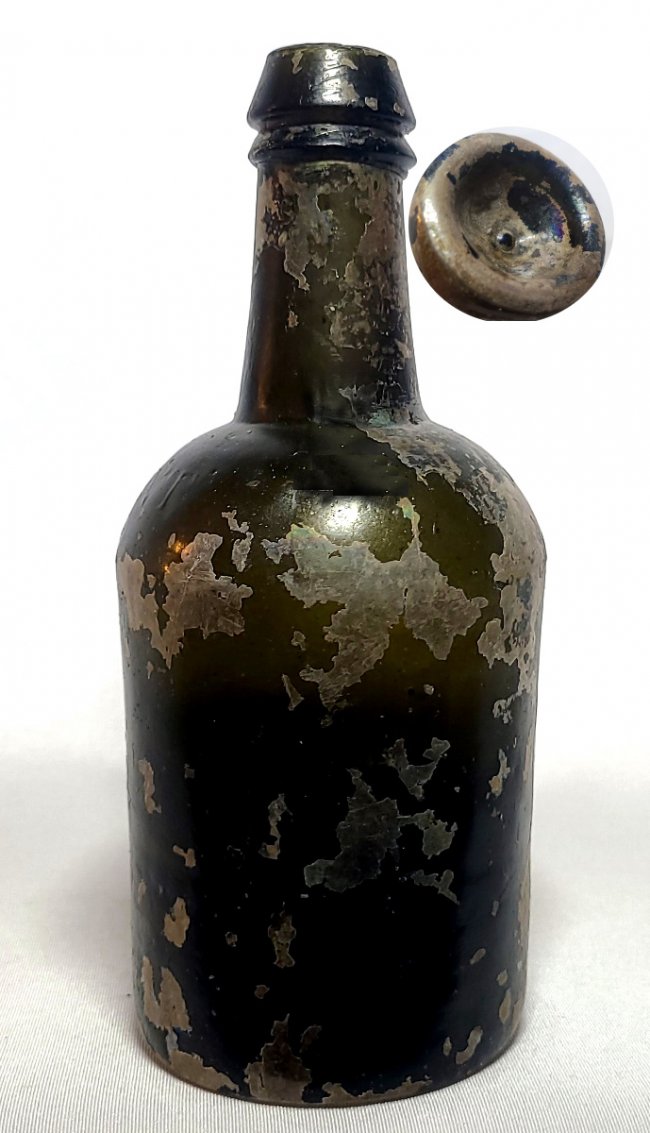jwpevahouse
Well-Known Member
- Joined
- Oct 16, 2021
- Messages
- 132
- Reaction score
- 165
- Points
- 43
Good comments, thanks. Often collectors are tempted to describe black glass bottles as Stoddard since it can add a zero or two to the value. My recent purchase of a black glass porter/ale style bottle was simply to enhance the variety in my collection. I suspect sometimes bottlers chose black glass for ale or porter style bottles to give their product the feel of good ole English ale, a marketing strategy.Honestly since there were lots of bottle making companies in the 1850s-1860s in the Eastern states (in NH, MA, CT, PA, NJ, ME and others), and many of them were probably making some type of shorter smaller ale bottle (stubby?) AND the typical larger "cylinder whiskey" (many of them with the word "PATENT" on the shoulder) I think there is no way to know for SURE where any of those bottles were made unless they bear a makers mark, or have a certified provenance going back for many years within a family, OR they were actually dug from a factory site.
The "stubby" bottle posted by "bottles_inc" looks just like a bottle I bought at a yard sale in Kentucky 10-15 years ago. Same dark olive-amber color, very crude applied lip, and "sand" pontiled. I have no idea where it was made. Possibly it could be from Stoddard, but also could have been made by any of lots of other bottle companies.
Also, (this is not about the Stoddard Stubby) but concerning the taller "Cylinder whiskey bottle" types, some were made in the mid-1850s (if not earlier), just an example, in this article by Bill Lockhart he illustrates a very rare mark seen on a cylinder whiskey (MAUL HEBREW & Co) and that bottle can be dated tightly to 1855-1856 .
https://sha.org/bottle/pdffiles/MOther.pdf
And yes they were made for many years afterward, at least into the 1880s.



